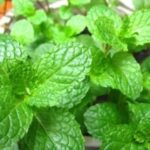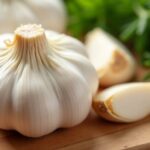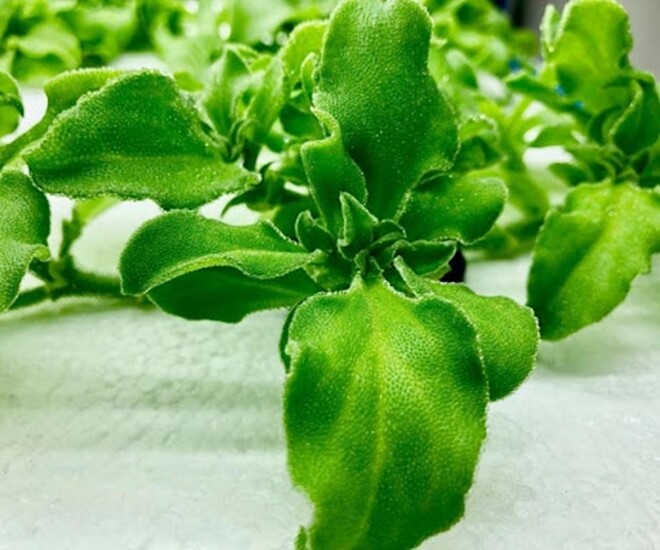
Once a wild plant in the Namib Desert of Africa, this unique vegetable has now been cultivated and grown worldwide, including in Vietnam.
Diamond plant, or rau kim cương in Vietnamese, thrives in various soils and can live for a few years with proper care. Its leaves are shaped like water droplets with wavy edges, and both the leaves and stems are adorned with sparkling “ice crystals.”
Video: A closer look at diamond plant
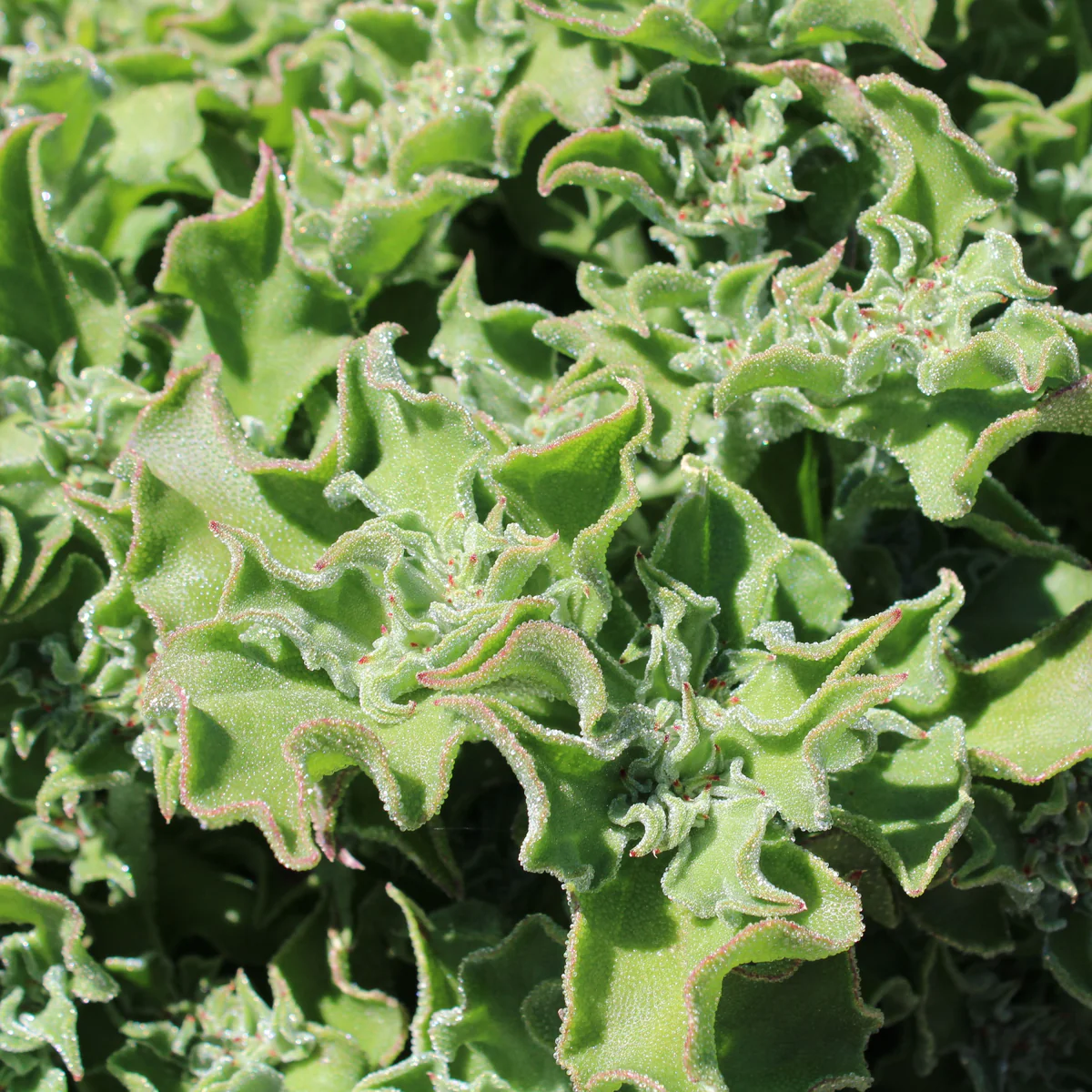
The leaves of the diamond plant start off in shades of pale yellow or fresh green, eventually maturing to a rusty brown. Its flowers bloom solitarily, with delicate petals, typically from July to September, opening in the morning and closing at night.
Both the leaves and stems of the diamond plant have a succulent texture, offering a crisp and refreshing taste with a hint of salinity. This versatile vegetable can be steamed, cooked, or enjoyed raw in salads. It also makes a refreshing tea when infused in hot water. Another way to incorporate this nutrient-rich plant into your daily diet is by tossing it into a salad.
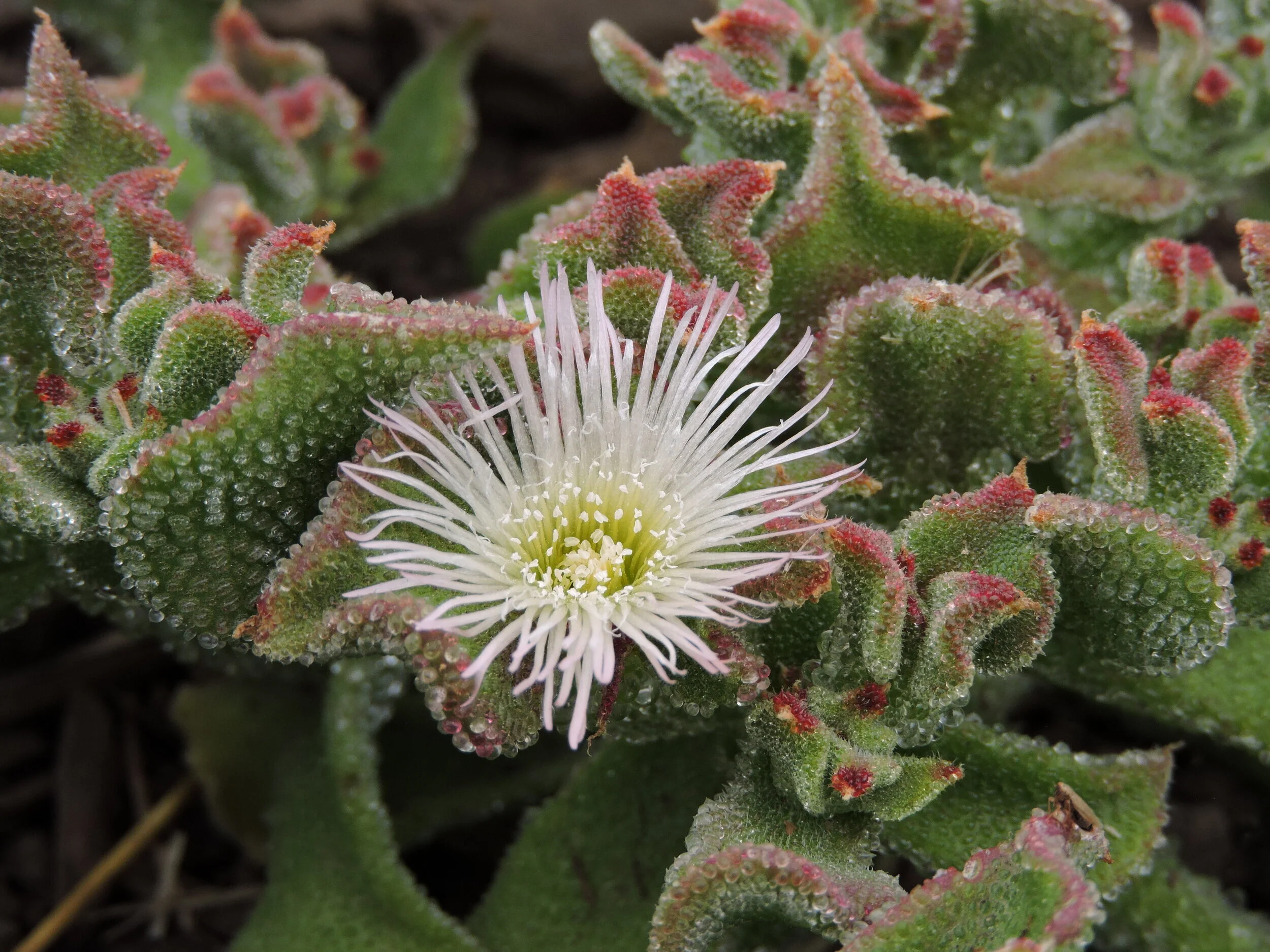
Beyond its distinct flavor, the diamond plant boasts numerous health benefits due to its anti-inflammatory and antioxidant properties, containing compounds like isoflavones and flavonoids. With its low-sodium content, the vegetable is especially beneficial for the elderly and those with high blood pressure.
Additionally, the diamond plant aids in treating pulmonary tuberculosis, improving cardiovascular health, lowering blood pressure and bad cholesterol, supporting digestion and mental well-being, and reducing arterial stiffness. The plant’s sap soothes minor skin issues and helps treat psoriasis and UV damage. The fruit acts as a mild laxative, combating constipation. Furthermore, the leaf sap promotes healing for mouth ulcers and sore throats.
In Vietnam, diamond plant cultivation is primarily centered in Da Lat, with limited supply in the market, resulting in high prices of approximately 120,000 VND per kilogram.
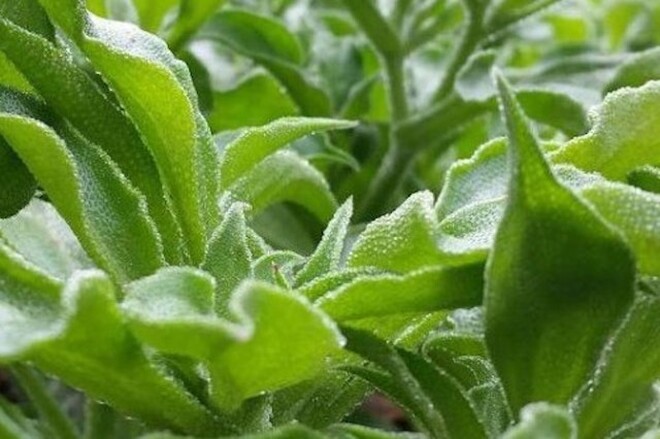
Growing and Caring for Your Own Diamond Plant
Diamond plants can be propagated through seed-sowing or cuttings. The best time to start is during spring, autumn, or winter.
For seed-sowing, place 3-5 seeds in a seedling tray filled with soil, cover them lightly with a thin layer of soil, mist to keep moist, and then cover the tray with plastic wrap or cling film to maintain humidity. Place the tray in a bright, cool space, and once the seeds have sprouted and developed 2-3 leaves, transplant them into individual pots or your garden.
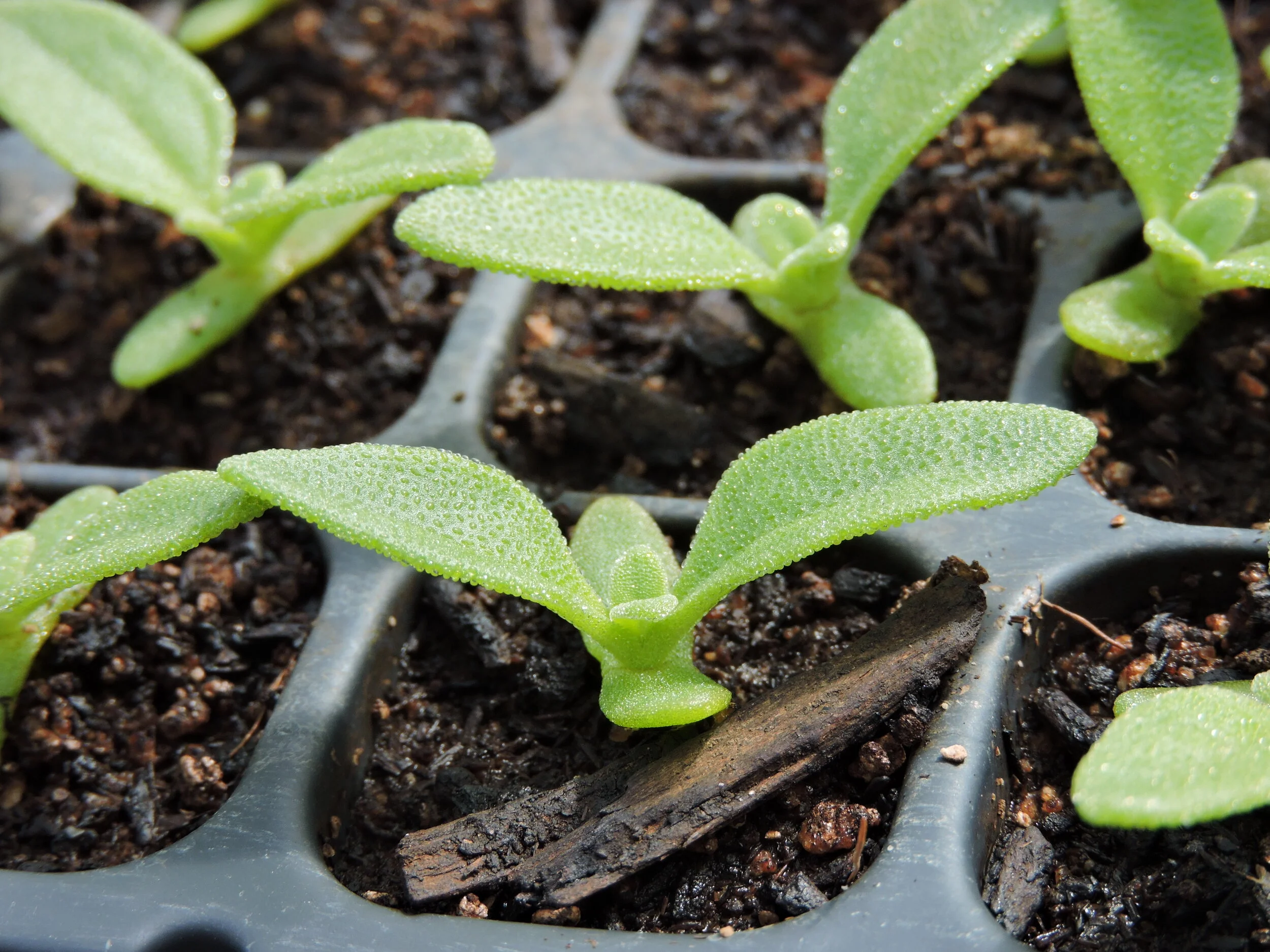
If you opt for cuttings, choose healthy stems from a thriving mother plant. Allow the cut end to dry and callous over to prevent root rot before planting it in well-drained, airy soil. Place the cutting in a bright, indirect light location and mist regularly until roots establish. Afterward, care for it as you would for other succulents.
You can harvest your first batch of diamond plant leaves about two months after sowing seeds. When harvesting, use scissors to cut the side shoots, leaving the main stem intact to continue growing for future harvests.
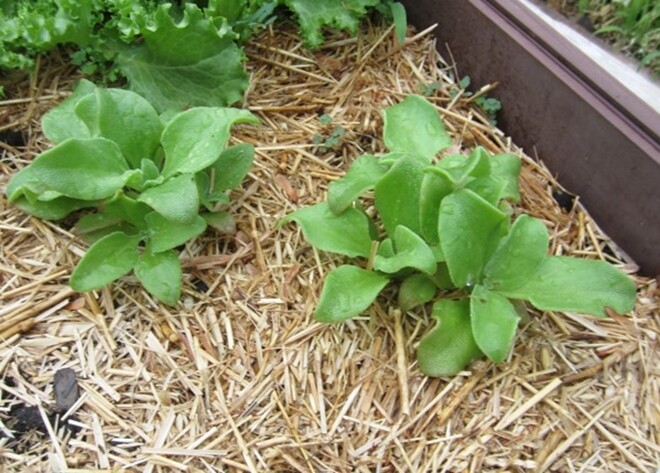
Here are some key care tips for your diamond plant:
– Soil: While diamond plants adapt to various soils, they thrive in well-aerated, loose, and drained soil.
– Light: Diamond plants prefer diffused light and a bright, airy growing space. Insufficient sunlight over an extended period will cause the plant to stretch weakly, with pale or yellowing leaves and reduced immunity. Its growth will slow down, and the plant may become susceptible to pests and diseases.
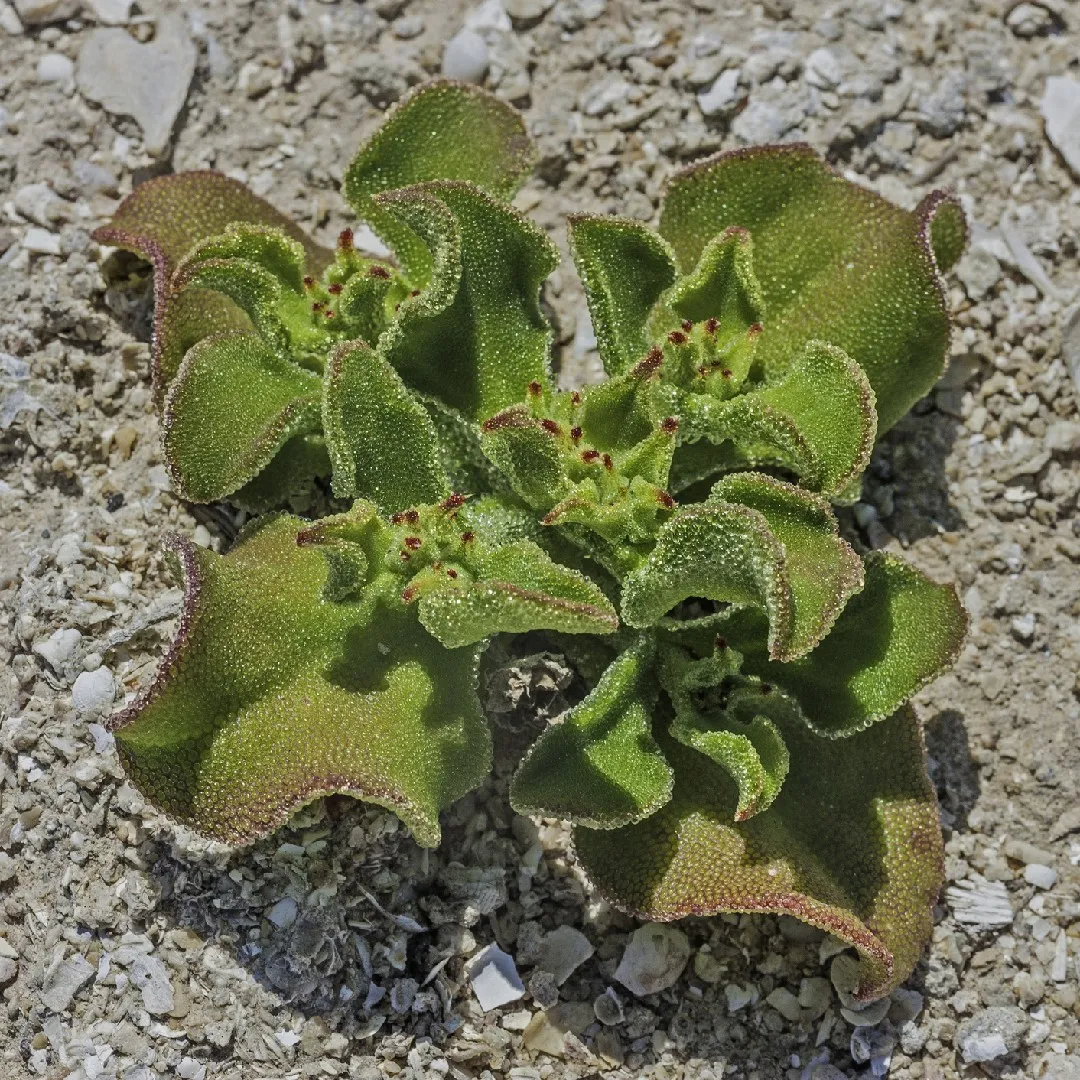
On the other hand, intense summer sun can scorch the leaves and stems. Direct exposure to hot sun will cause stunted growth or cessation of growth altogether. The leaves will crowd together, and the stem internodes will shorten, resulting in a shorter, denser plant. During summer, it’s advisable to provide shade with a net or move the pot to a bright, shaded area indoors to maintain stable growth.
– Fertilizer: To promote healthy growth, fertilize your diamond plant periodically. During the growing season, fertilize once a month with a diluted solution. In winter, when growth slows, reduce the frequency to once every two months.
What Ailments Can Papaya Leaf Juice Treat?
The papaya leaf has long been revered as a medicinal herb, touted for its therapeutic properties. While it boasts a myriad of health benefits, it is important to exercise caution when consuming this herb. The indiscriminate use of papaya leaves can potentially lead to adverse effects on one’s health, hence the need for informed and measured utilization.
3 Everyday Herbs and Spices That Are Nature’s “Painkillers”
“Did you know that some of the most common culinary herbs and spices used in your everyday meals are natural, easily accessible, and affordable pain relievers? These humble herbs possess powerful properties that can effectively ease aches and pains, offering a cost-effective and natural approach to managing discomfort.”
9 Summer Fruits That Taste Great and Help Relieve Rheumatoid Arthritis Pain and Inflammation
Summer is the perfect time to indulge in delicious fruits that can help reduce inflammation and boost joint health. For those suffering from rheumatoid arthritis, choosing the right fruits can also provide effective pain relief and reduce swelling. Get ready to explore 9 mouth-watering fruits that are not just a treat for your taste buds but also a natural remedy for your joints!



























